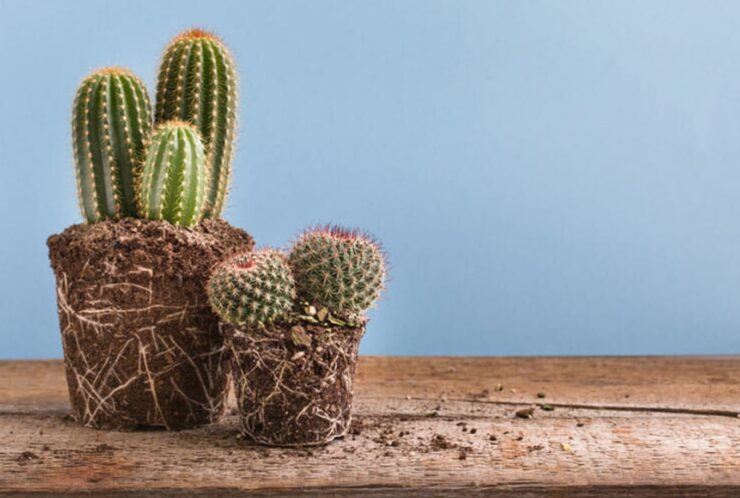Cacti, or succulents in general, are very durable and resilient plants. They’re as low-maintenance as they can get, but just like any other living being, they can become damaged and die, as well. There are multiple reasons as to why your cacti might be dying, but there are also multiple ways you can prevent that from happening. However, you do need to know when things are going south, so you can do whatever it is that you have to do to save the plant.
Today, we’re going to talk about all that. We’re going to point out some clear signs that your cactus might be dying, some of the most common causes and what you can do to stop that from happening. Keep in mind, cacti are slow-growing plants, so it might take some time for you to notice the warning signs, but that’s why we’re here! Let’s get started!
1. Colour Changes
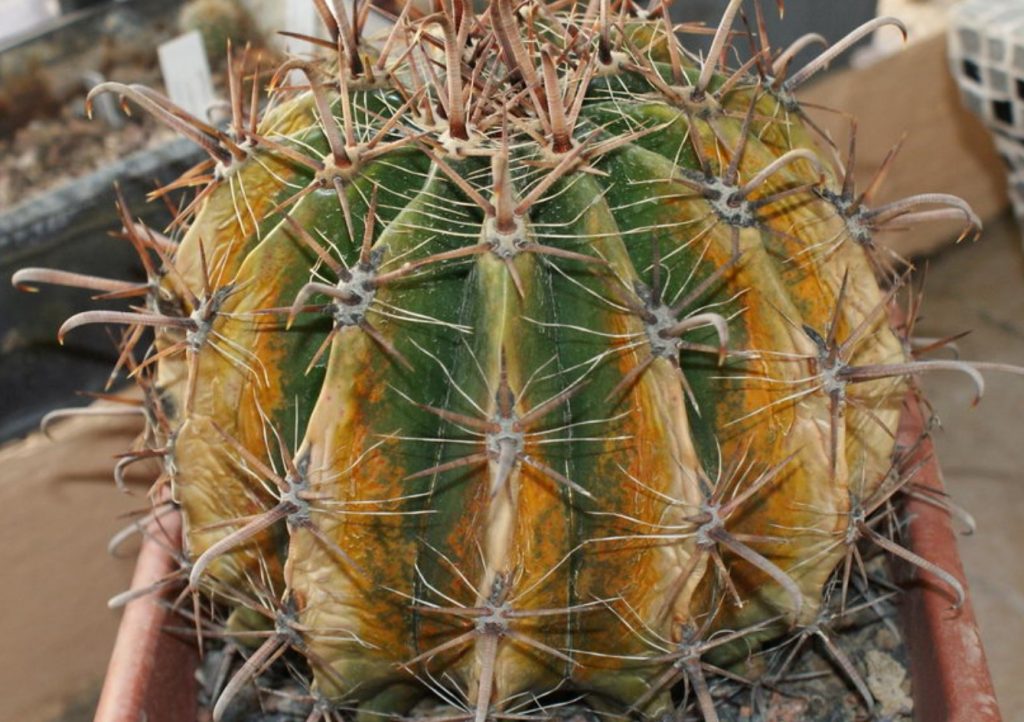
One of the warning signs that your cactus is dying is that it starts changing colour. However, this is not a definitive sign and you shouldn’t worry too much if you notice some colour changes. Some species even change colours naturally, for instance, after being exposed to too much sunlight. In general, if the colour is turning reddish, you probably have nothing to worry about. However, if the colour starts shifting more towards yellow or brown – that’s your cactus telling you something’s wrong.
2. Corking
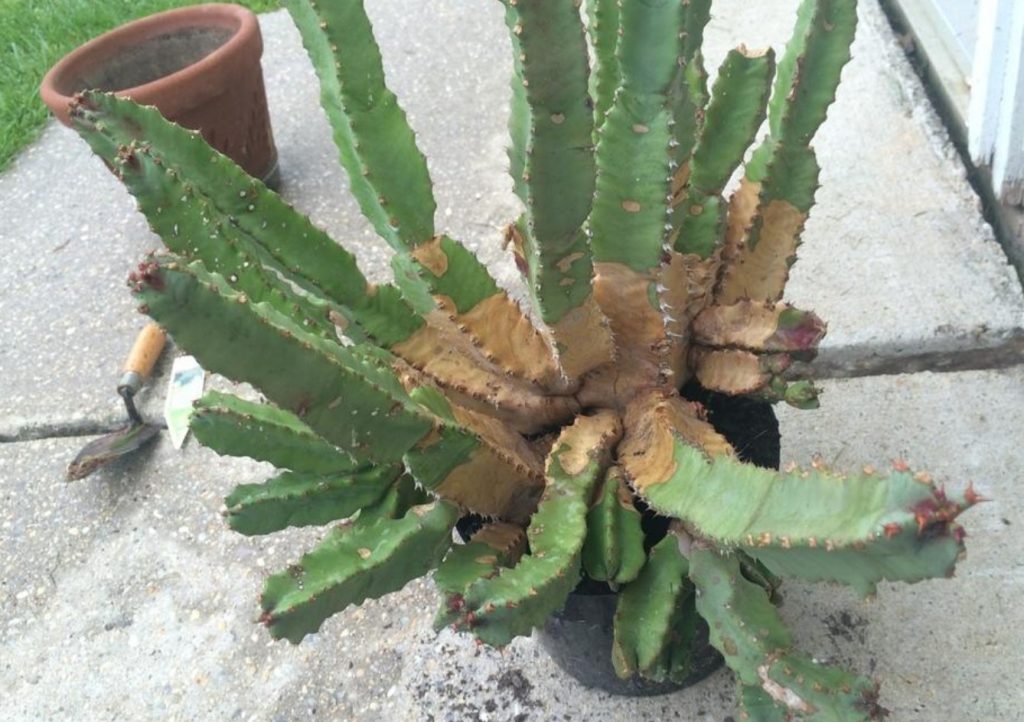
Corking can be often mistaken for a colour change and some people believe that it is usually the sign of impending doom, but in reality, it’s could just be a sign that your plant is getting old. This does mean, in a way, that death is nearing, However, it’s nothing to worry about, as this is simply a reflection of the ageing process, not a disease or anything of that sort. A cactus that presents some corking at the base is probably healthy, it’s just becoming old.
3. Withering
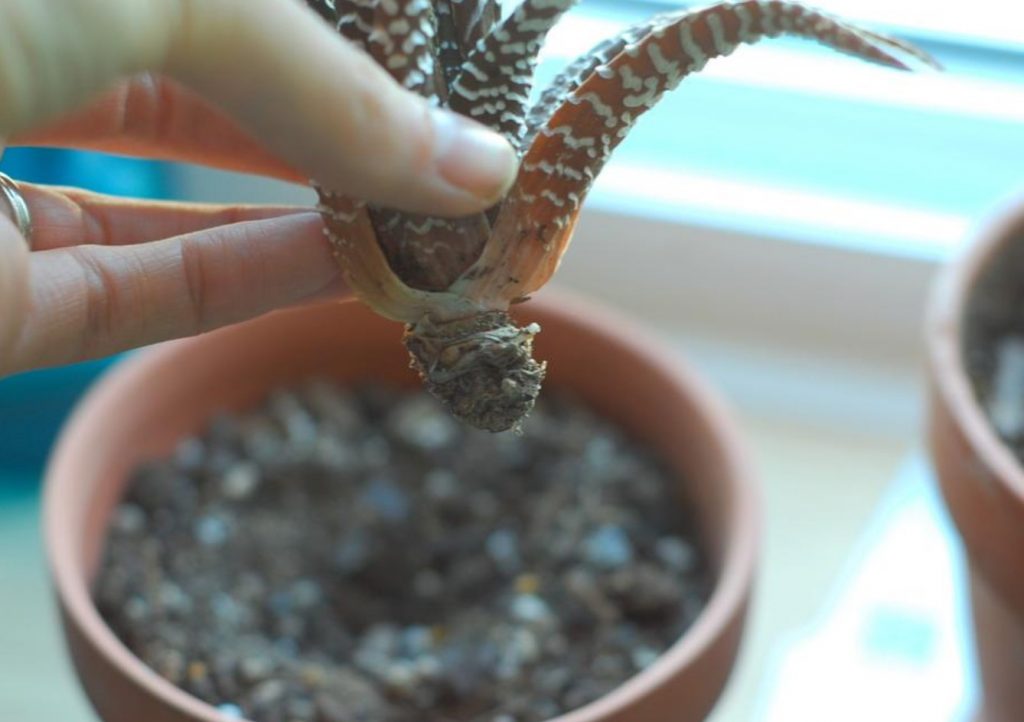
Withering is another “benign” warning sign. In most cases, withering in succulents only means that it is time for you to pick up the bucket and water your plant. Pads and thick leaves tend to fall off, but that’s the plant’s natural preservation mechanism. The cactus will retain the water and the nutrients within the young, fresh leaves and will leave the older ones out to die. The good thing is – all you have to do in this situation is to water the plant and that’s it. As long as you act once you notice withering – you should get to keep your lovely cactus.
4. Discolouration
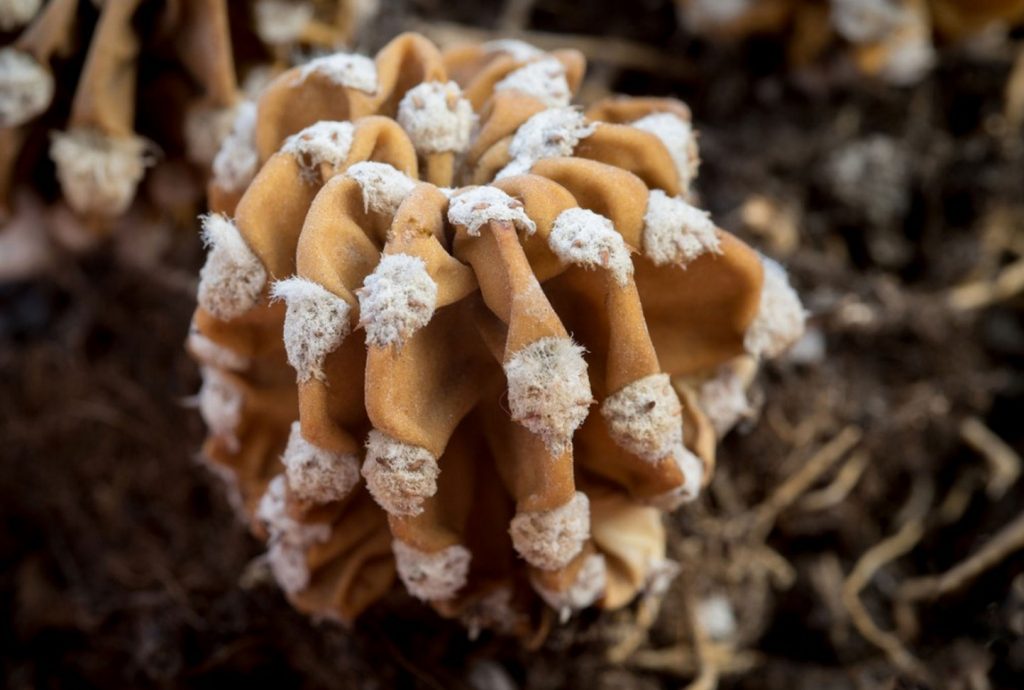
Discolouration and colour changes are not the same thing. According to www.succulentmarket.com, a cactus that loses colour is usually under a lot of stress or strain. Now, the stress or strain could be because of various reasons and depending on the cause – you might notice discolouration at various parts of the plant. In general, it’s a sign of a disease or severe dehydration and unless you act immediately – you’ll most definitely lose your plant.
5. Wobble (Root Problems)
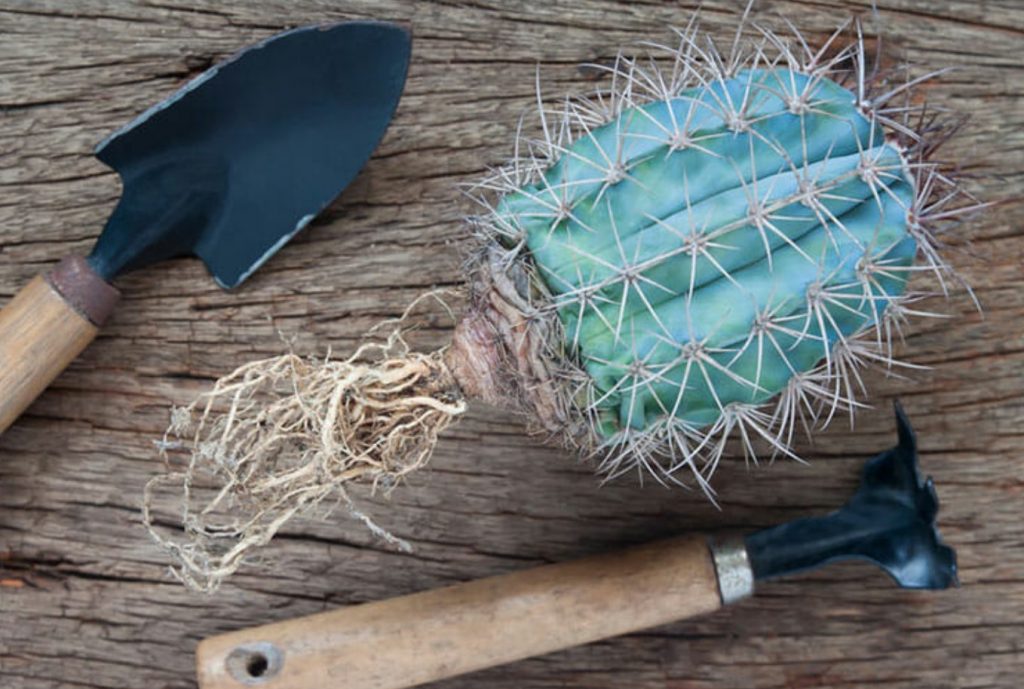
In general, cacti and succulents are very firm and stable. They feel mighty and sturdy when you look at them and they don’t have much give once you touch them. That means if you notice yours has become wobbly – that’s a clear sign that something’s off. In most cases, this is a sign of root problems, most likely rotting.
Unfortunately, as we’ve said in the beginning, these plants are very slow-growing, so by the time you notice the wobble – it might be too late. If you notice wobbling, as well as the discolouration at the base of the plant – it’s almost certainly too late. We’d recommend “testing” your plant from time to time to see if there’s any wobbling, as that is the best way to spot root problems early.
Furthermore, the root problems are usually the main culprits when it comes to succulent deaths, so, if you want yours to survive – make sure you check them regularly. If you happen to catch rotting in the early stages, don’t hesitate to cut off the rotten parts. Don’t leave them be, as they’ll infest the rest of the healthy roots and kill the plant. You’ll notice the rotten ones are darker, sometimes even blackish, so it shouldn’t be too hard to tell them apart.
6. Swelling
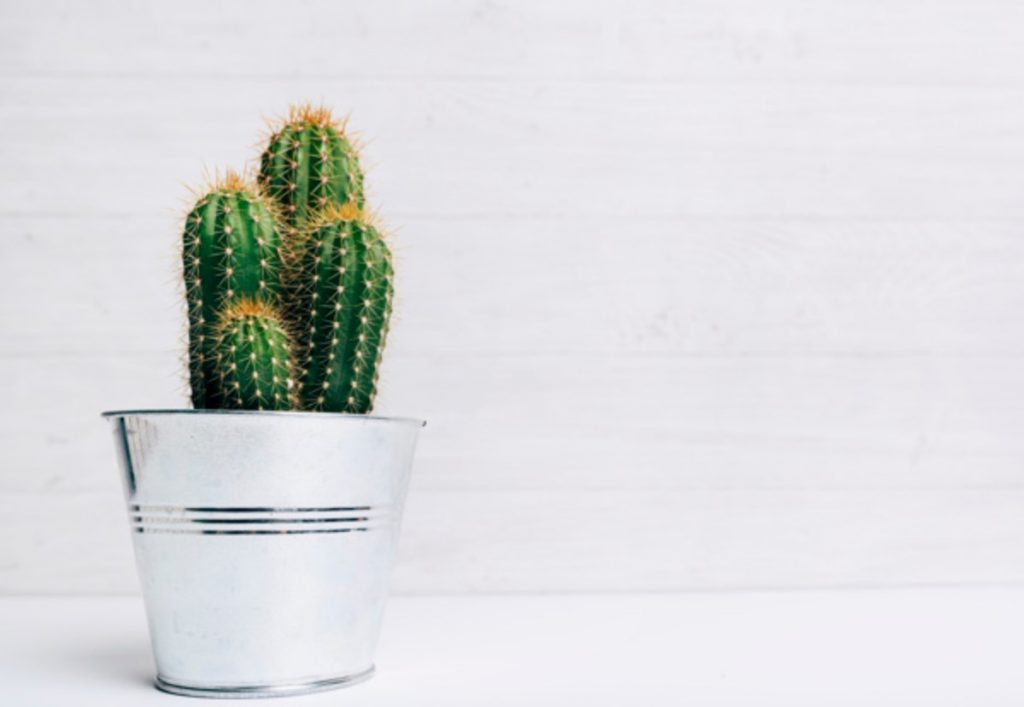
In most cases, when your cactus is struggling, you might notice some swelling, alongside discolouration or wobbling. The swollen parts will also be quite soft and the best way to check if these pose a problem is to try and break them off. If you manage to do this with minimal force – it’s probably time to become worried.
Additionally, if you notice some swelling around the spine of the plant, try pulling it off as well. Once again, if you manage to do it without any trouble whatsoever – it’s a sign of a dying plant.
7. Fungal Infection
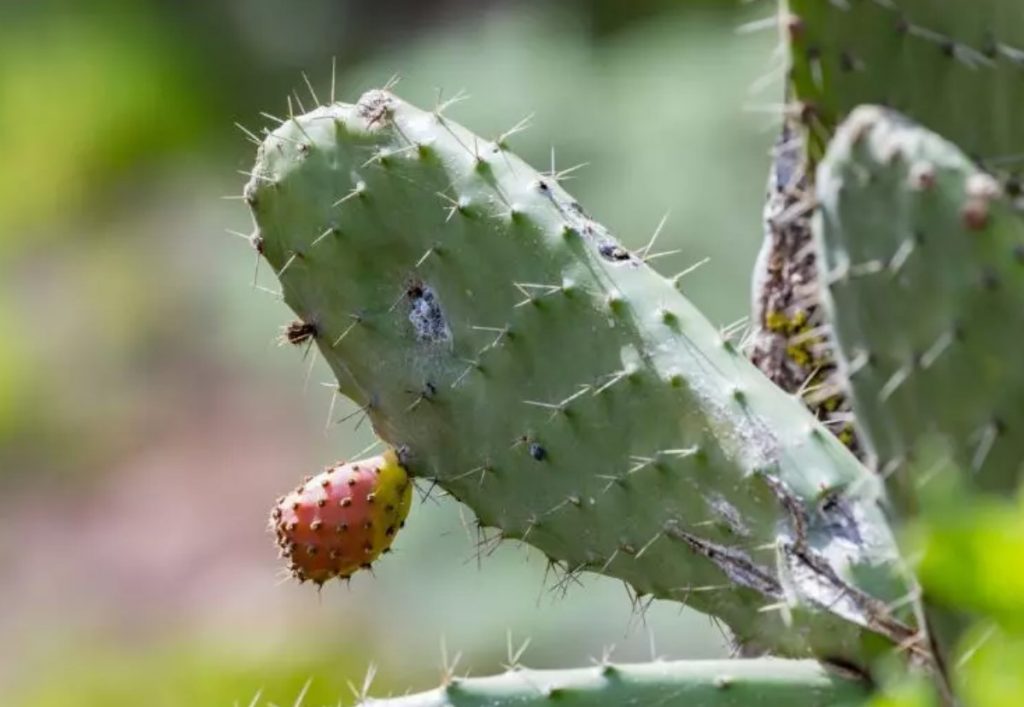
Fungal infection is something you should be able to notice pretty easily. Alongside root issues, it is one of the most common problems cacti face. Depending on how long does it take for you to notice the issues could be the difference between saving the plant and throwing it into the trash.
The fungal infection is easily noticeable because it will cause some pretty obvious changes to the skin of the cactus. You’ll notice lacerations, discolourations, white and grey spots and so on. In most cases, if the infection is limited to the “aerial” part of the plant, it’s a sign that you’re dealing with a minor infection and that you could save the plant with some simple fungicides.
Naturally, if the infection has progressed, you might have to remove some of the infected leaves or pads and if it had infected the roots – it’s probably time to say goodbye.
8. Foul Smell
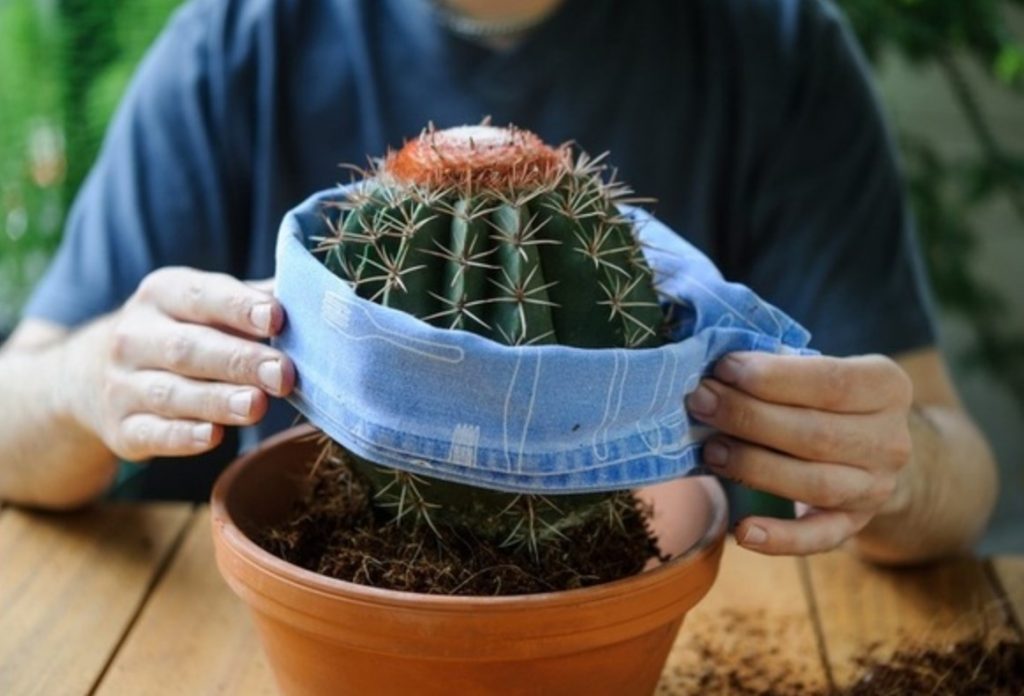
Just like any other living being, dead, or dying cacti emit foul odours. At this point, it might already be too late, because if you can smell it, it usually means that the large portion of the plant is already completely rotten, dead and gone and there is nothing you can do to save it. In a way, this is not a warning sign, rather a clear indication that the cactus is already dead.
Conclusion
As you can see, there are various warning signs that your cactus is dying. Some of them are almost benign, while the others are clear indicators of death.
Our best advice to you would be to take proper care of your plant at all times, so that you don’t have to worry about any of these and that when you happen to notice some of these – you’ll know it’s because of old age, not because you neglected it or allowed it to get infected.

